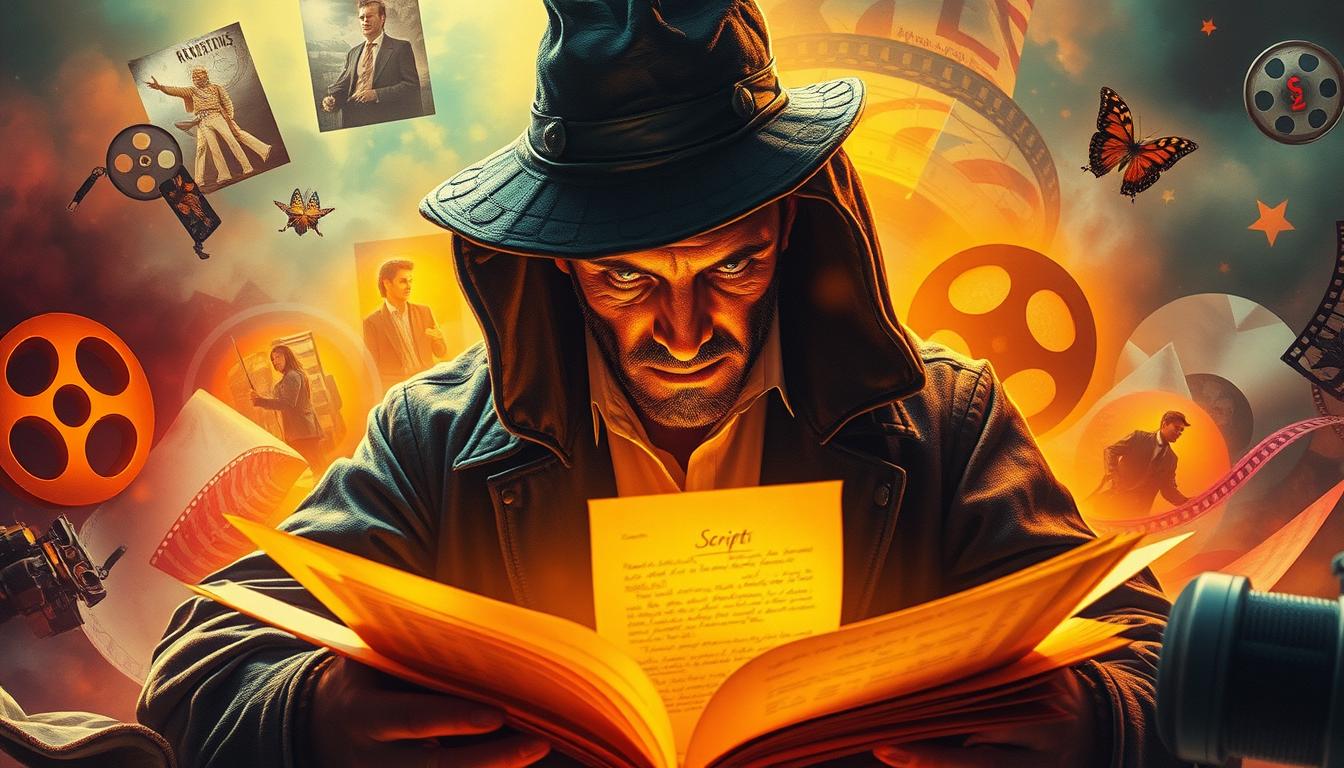
The Art of Pacing in Animation Screenplays: Grab Your Stopwatch!
Oh, the wonderful world of animation, where characters can defy the laws of physics, and a coyote can survive multiple explosions. Yet, even in this universe of limitless possibilities, there’s one force that governs the rise and fall of its excitement: pacing. Mastering this elusive skill is like finding the perfect tempo to dance to—it can turn a good screenplay into a come-back-for-more, can’t-stop-watching, binge-worthy spectacle.
Why Pace Yourself? It’s a Marathon, Not a Sprint
In animation, pacing is the heartbeat of your story. Get it too fast, and your audience will be panting for breath; too slow, and they’ll be snoring into their popcorn. It’s about the rhythm, baby! It can control tension, guide emotions, and sculpt your narrative into a gripping story that hooks viewers from the opening frame to the credits.
Understanding the Different Paces
Not all animations are created equal, and neither should their pacing be. Consider this: a high-intensity chase scene in an action-packed superhero animation operates on a different frequency than a slow, emotional reveal in a heartfelt drama about a lost kitten finding its way home.
Let’s break it down:
- Fast Pacing: This is your go-to speed for action sequences, quick banter, or climactic confrontations. It’s like throwing your viewers onto a rollercoaster. Example? Think of the zany antics in Big Hero 6 during the San Fransokyo chase scene.
- Moderate Pacing: This is your storytelling sweet spot. It’s where most of your screenplay will likely sit. It allows for character development and plot advancement without making viewers check their phones.
- Slow Pacing: Use this to let your audience breathe or to build up to a significant event. It’s the dramatic pause before the storm or the slow, emotional crawl that tugs at the heartstrings, à la Up with its poignant ‘Married Life’ montage.
Techniques to Fine-Tune Your Animated Timing
Now that you know the ‘what’ and ‘why,’ let’s dive into the ‘how’ of perfect pacing:
Scriptwriting: The Blueprint of Pacing
Your script is where pacing takes its first breath. Varying sentence lengths can mimic action speeds; shorter sentences for fast-paced scenes, longer descriptions for slower, more introspective moments. Dialogue can be a powerful tool—rapid-fire exchanges escalate tension, while measured, thoughtful dialogues slow the tempo.
Scene Structure: Building Momentum One Frame at a Time
Think of each scene as a mini-story with its own pace. Starting a scene in the middle of action (in medias res) can instantly rev up the speed, while gradually leading into a scene might give the audience a moment to orient themselves.
Timing is Everything: Editing and the Rule of Six
The rule of six in animation specifies that it takes about six frames for an eye blink. Tiny, right? But it’s a reminder that even the smallest units of time matter. In editing, this could mean the difference between a joke that lands and one that flops. Manipulate the timing of scenes in post-production to adjust pacing, trim the fat, and keep the story moving.
Music and Sound Effects: Your Secret Weapon for Emotional Pacing
Here’s an insider trick: use music and sound cues to manipulate time perception. A rapid, high-pitched soundtrack can make a scene feel faster, while a slow, low tune can draw out time. Sound effects can also punctuate moments, adding layers of speed and intensity or dragging out a silence to create tension.
Pacing Pitfalls to Avoid
With great power comes great responsibility, so beware the pacing pitfalls:
- The Dragging Dialogue: Just because your characters are mesmerizing doesn’t mean they should monologue like there’s no tomorrow. Keep it snappy; viewers have goldfish-like attention spans.
- The Overpacked Action: Yes, animations can do everything, but should they? A non-stop explosion of action can exhaust rather than excite. Pace your pyrotechnics!
- The Jarring Jumps: Abrupt pacing shifts can confuse and disorient. If you must shift gears, do it gracefully—think of it as a dance, not a drag race.
In animating and screenplay writing, like in good comedy, timing isn’t just something—it’s everything. Harness its power wisely, and you’ll keep your viewers glued to their seats, eyes wide, hearts racing, and ready for the ride. So, grab your stopwatch and let’s make some magic!






